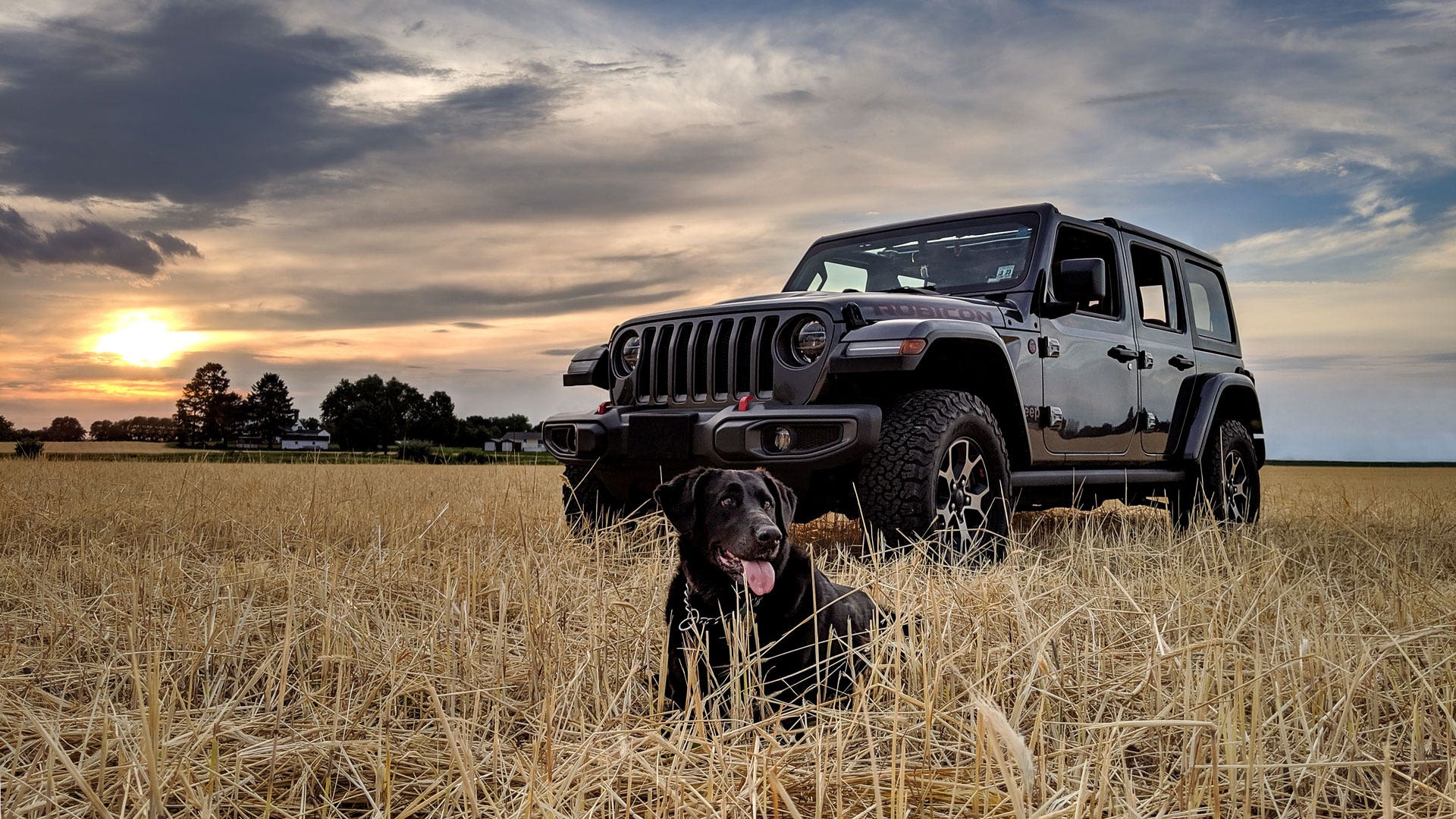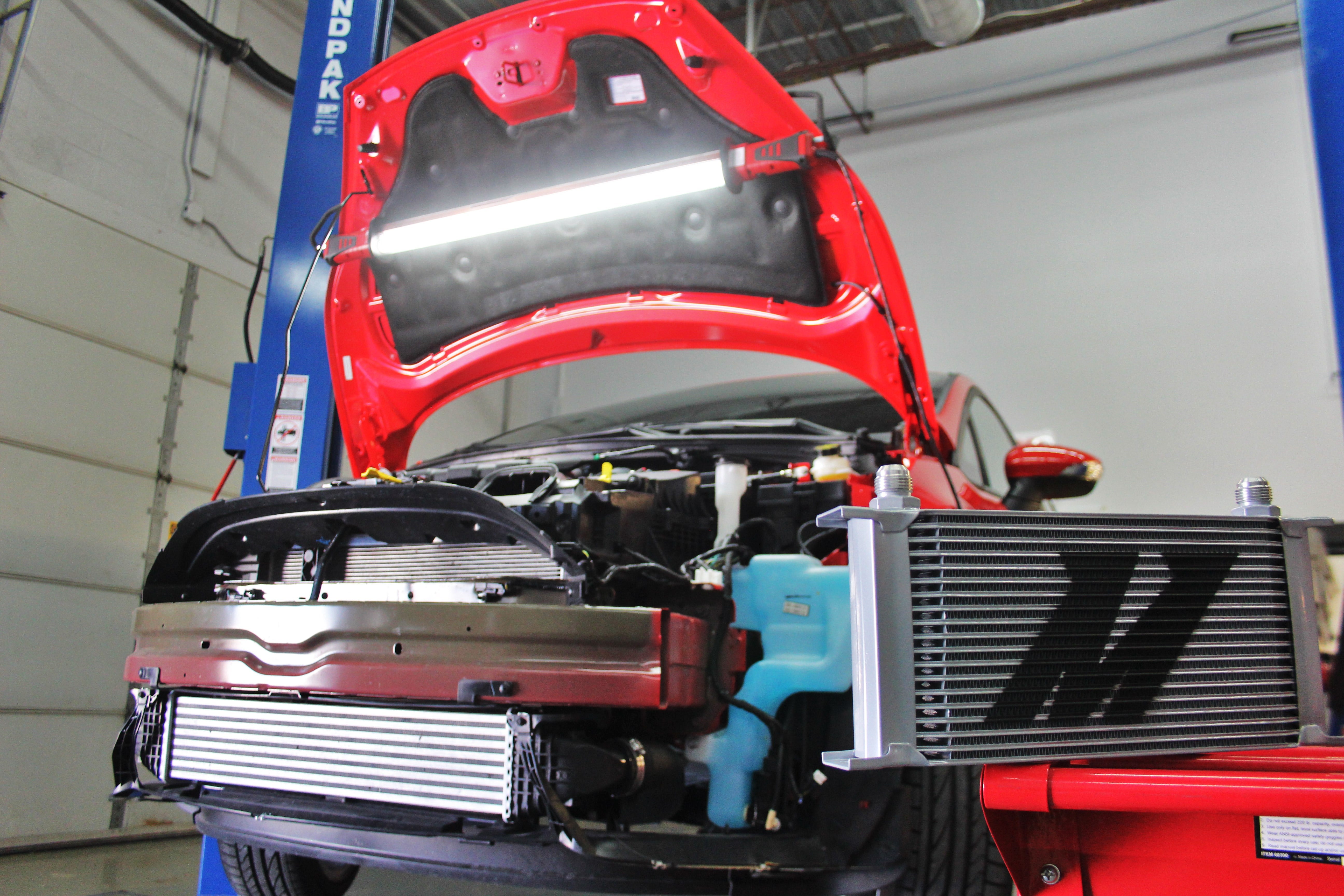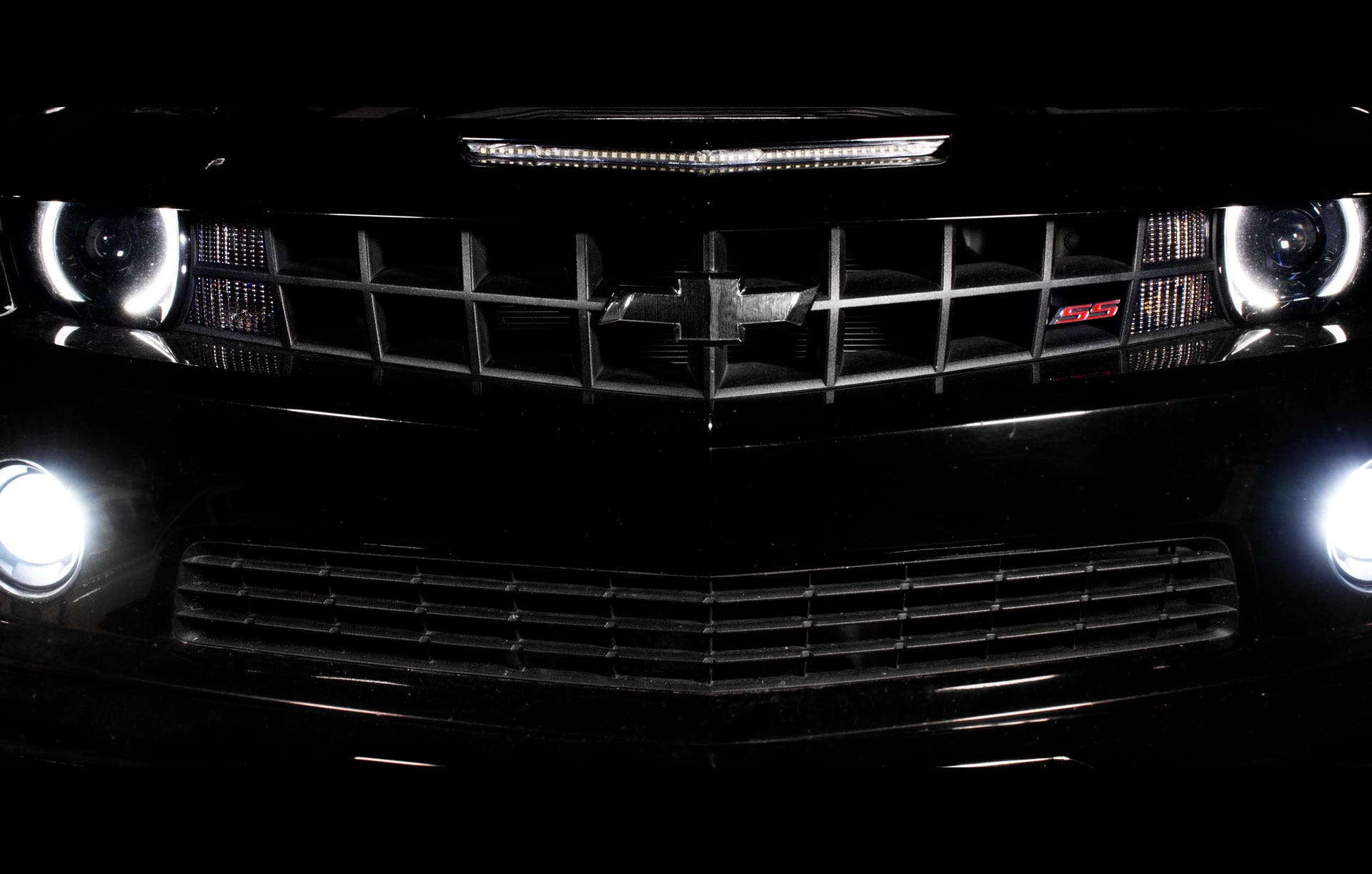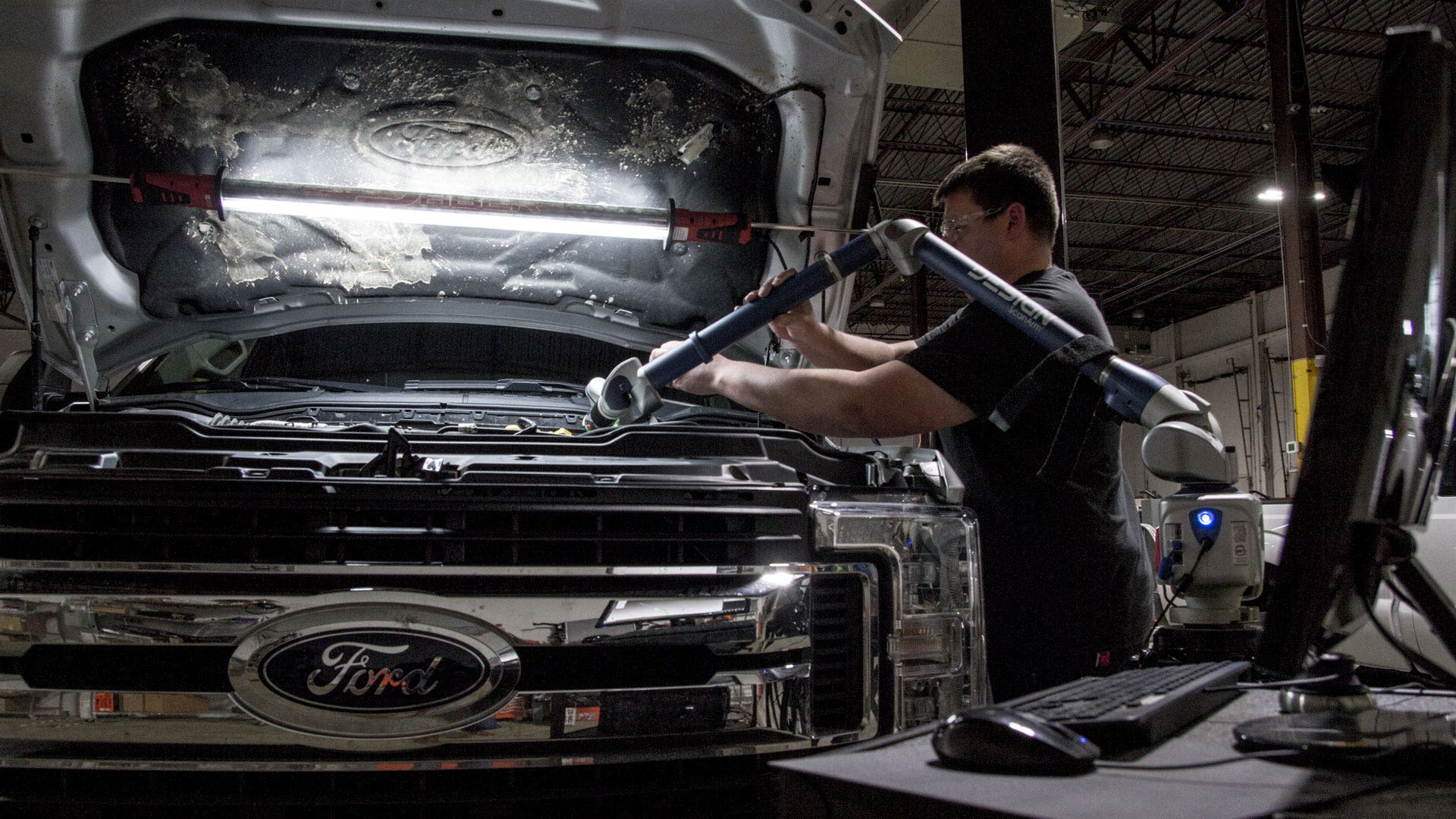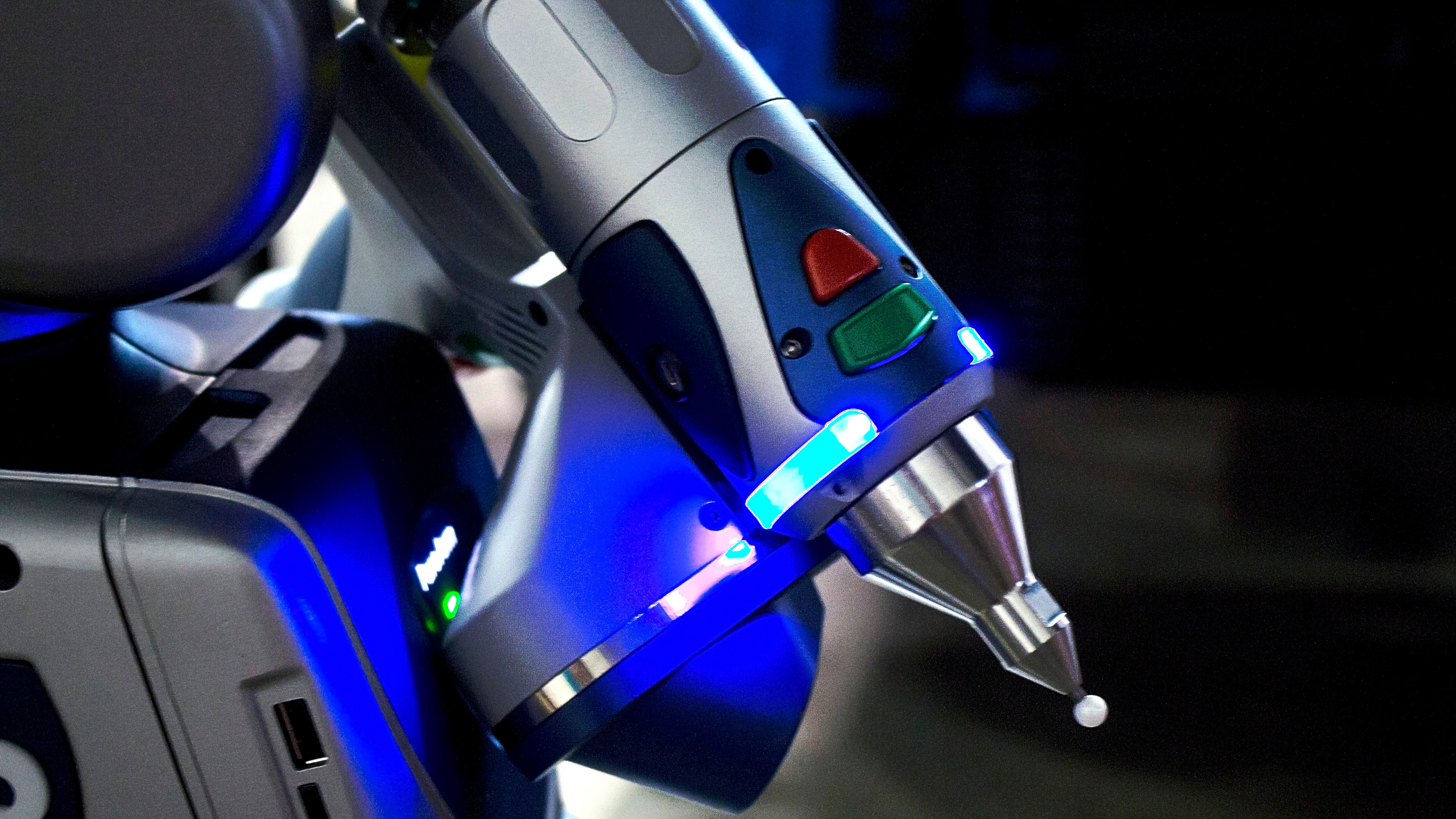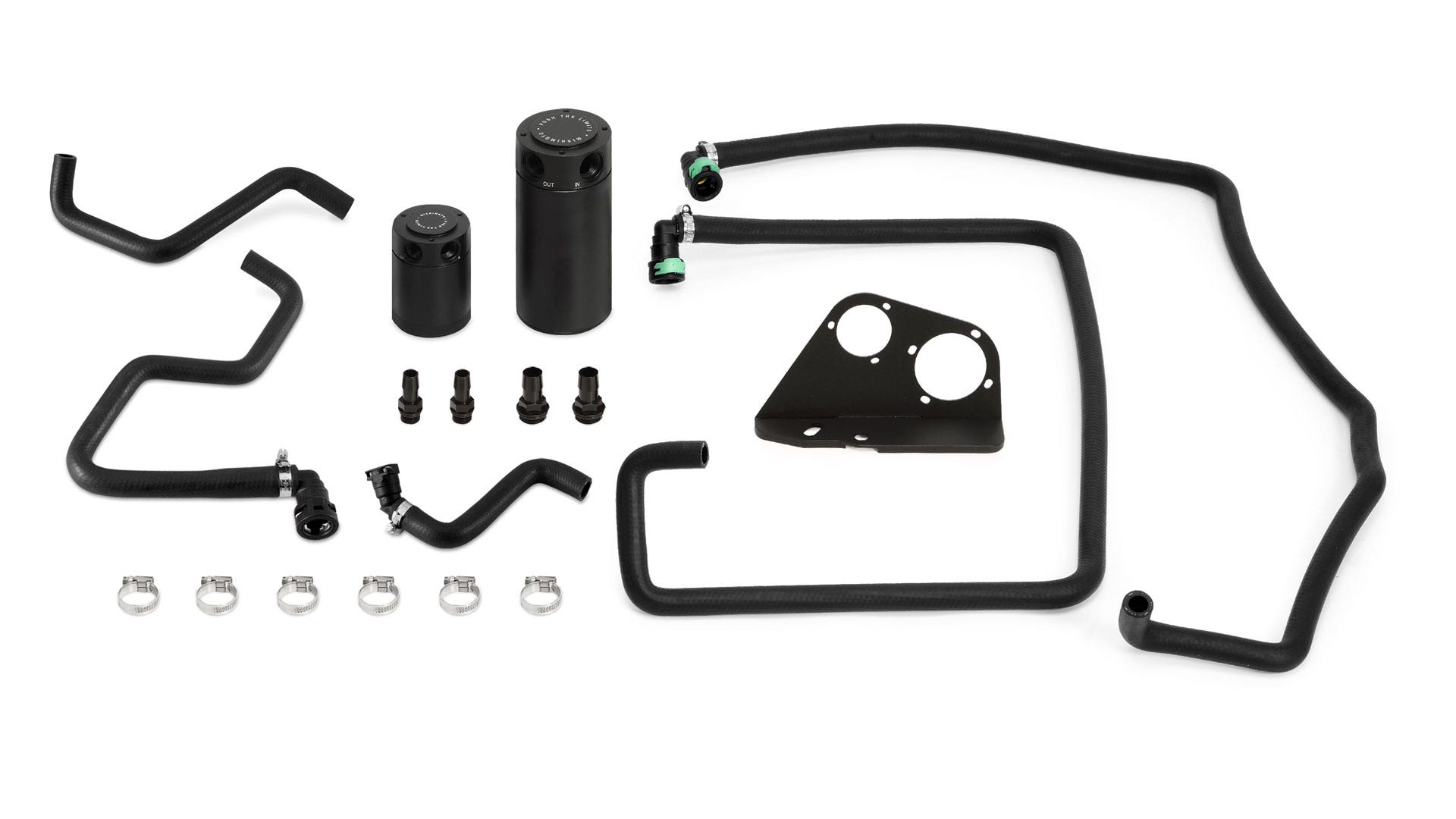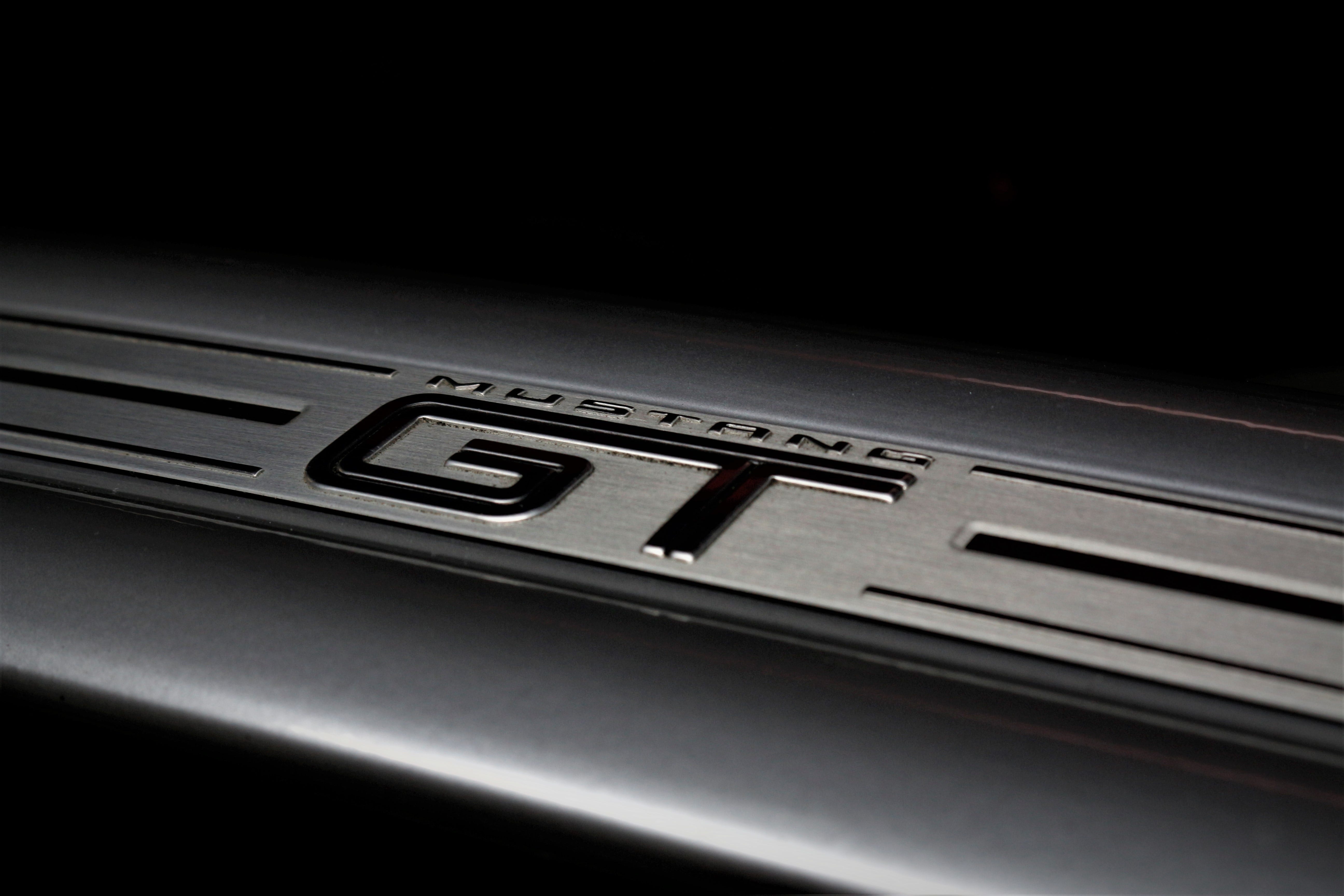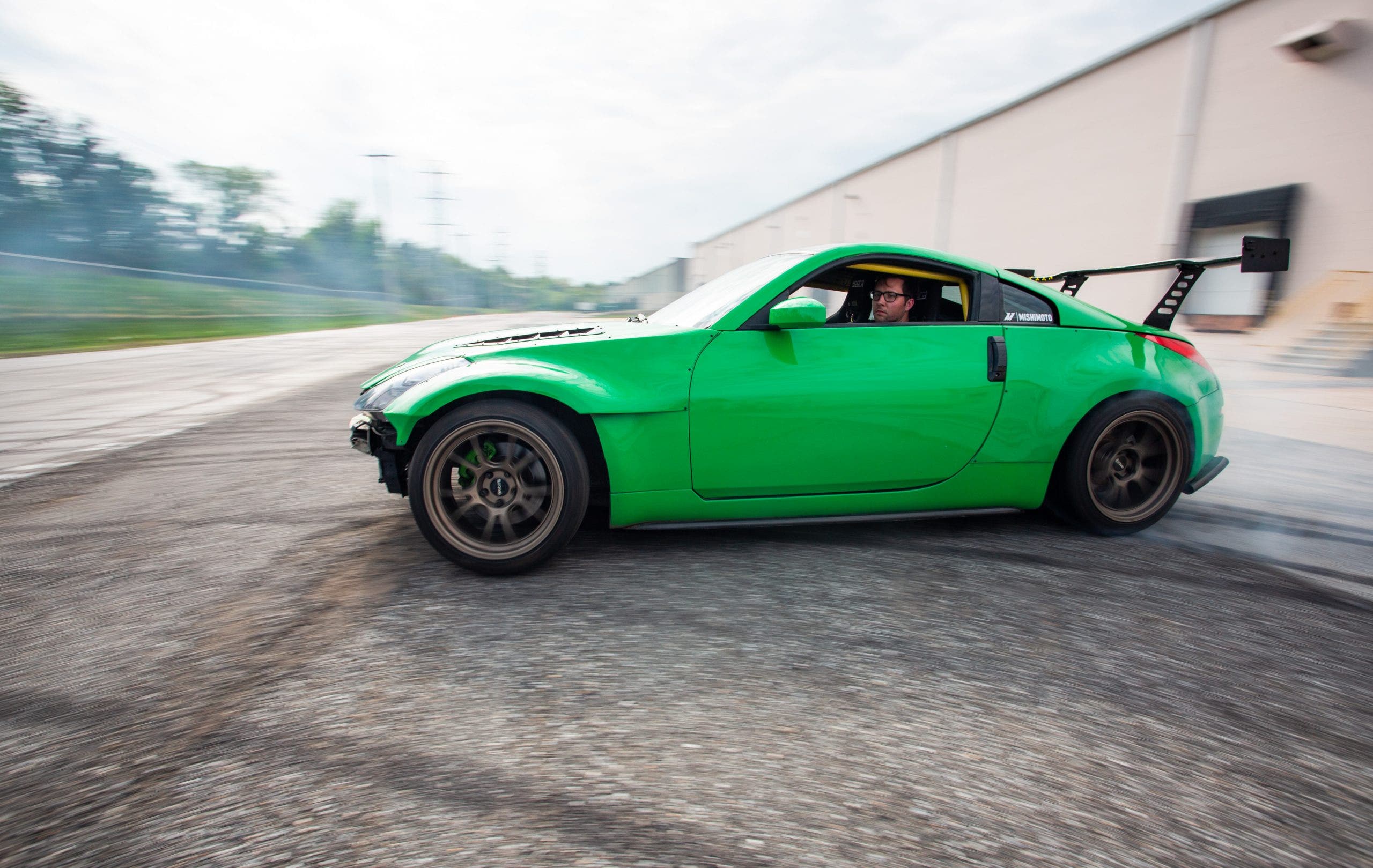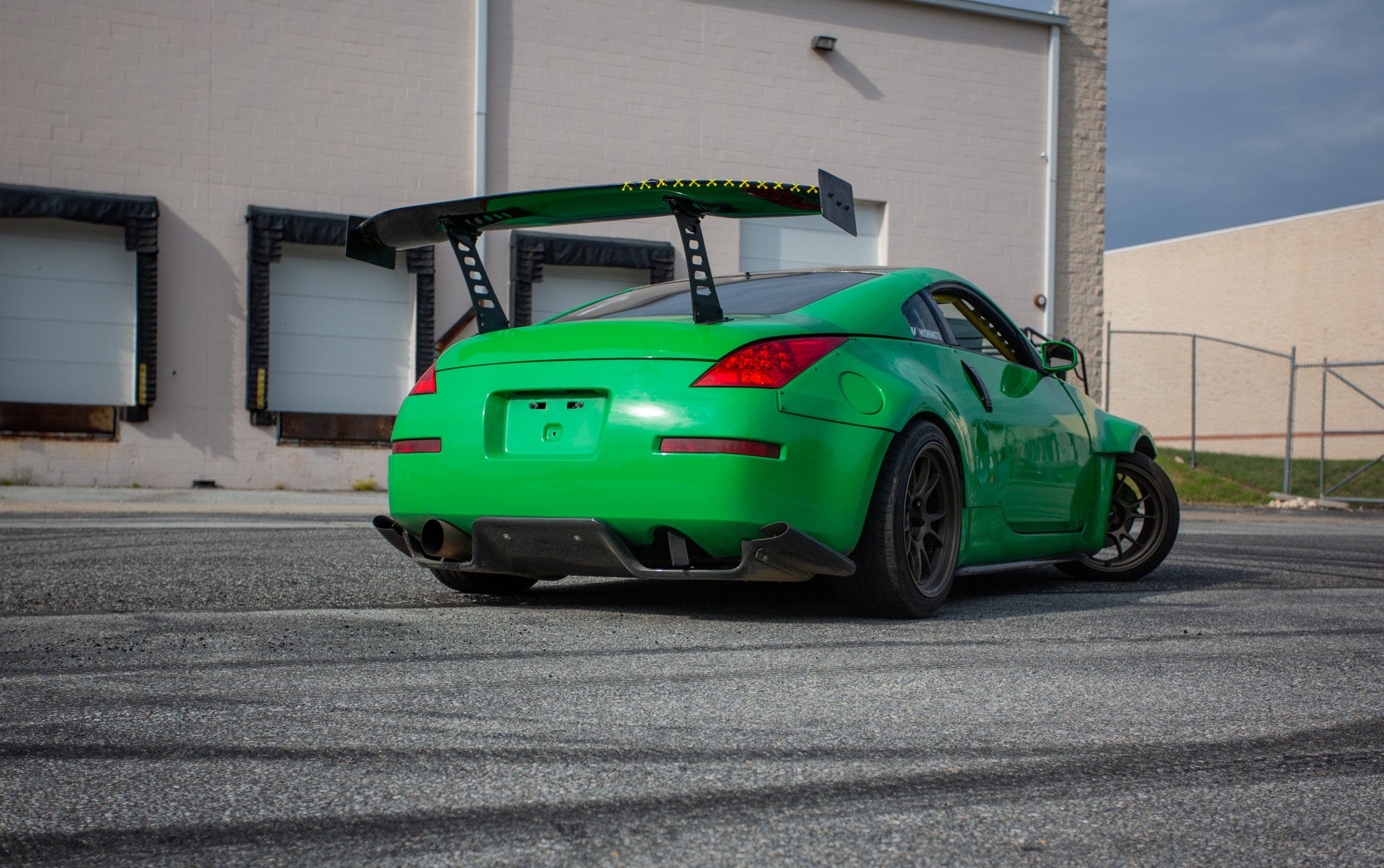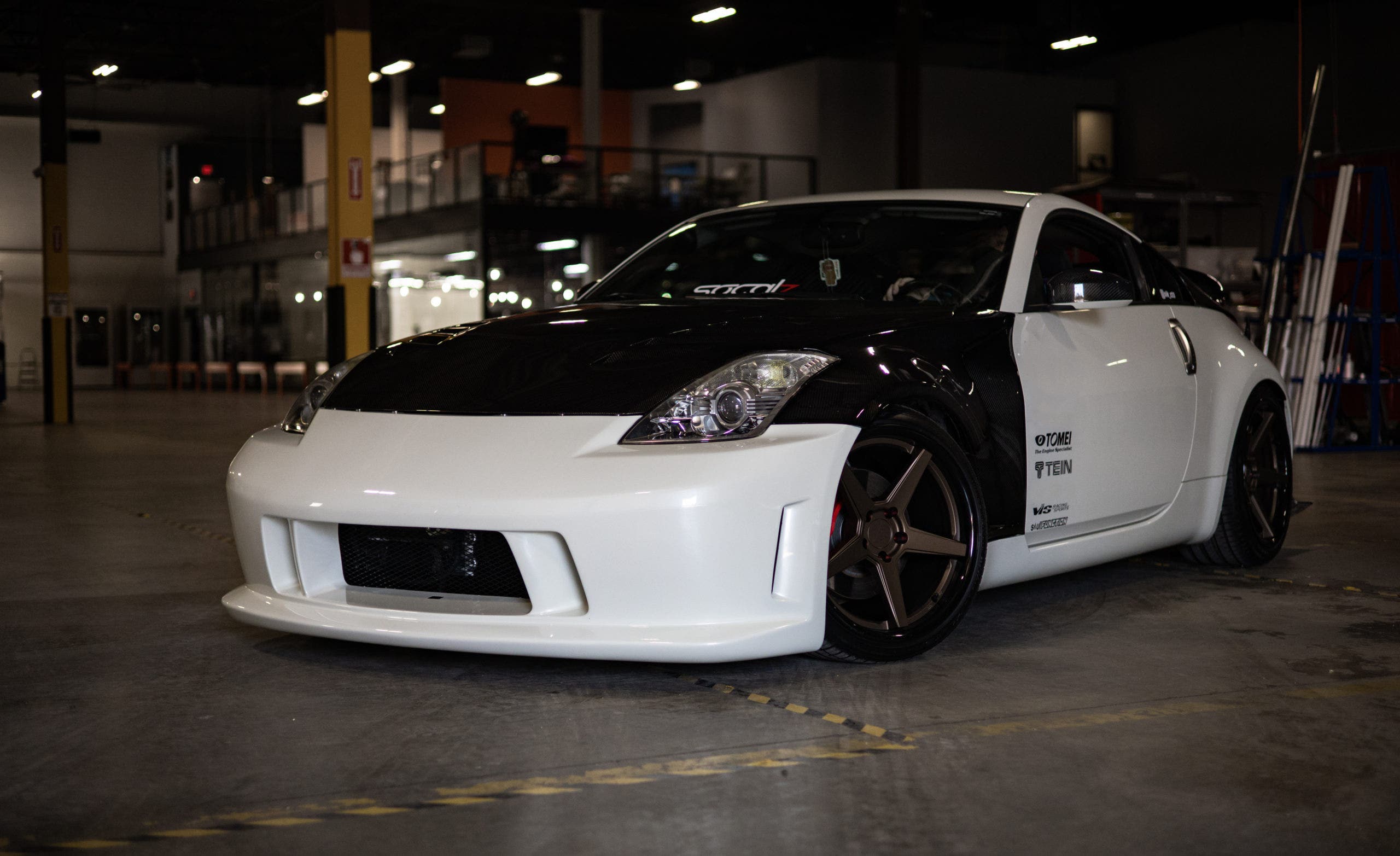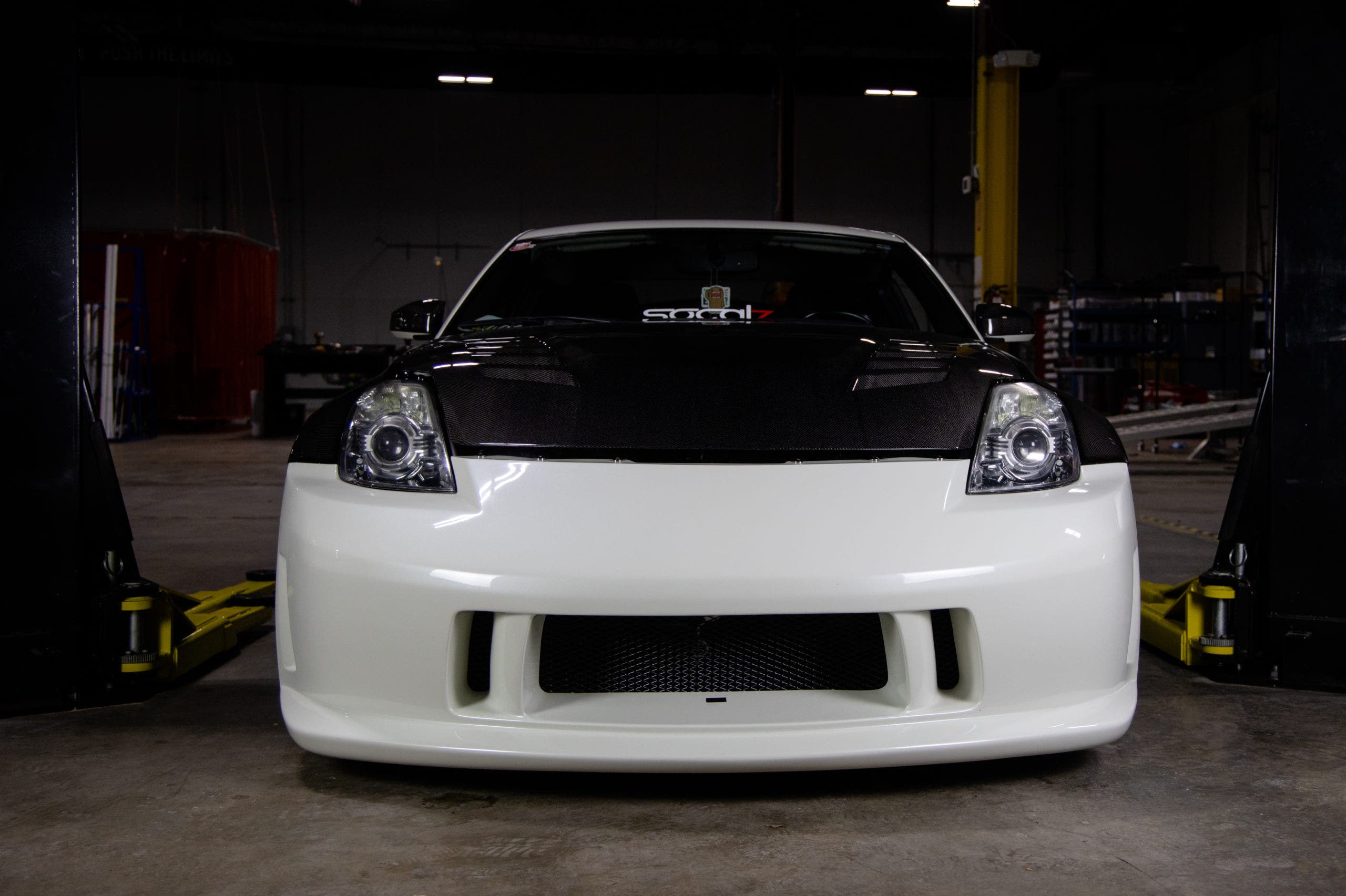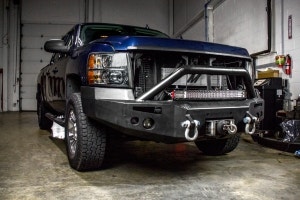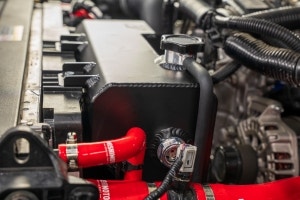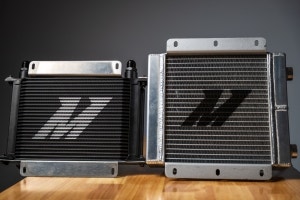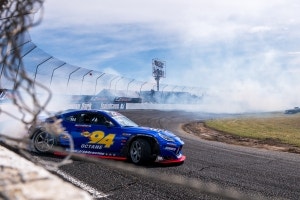As summer begins
here in Delaware, the air is getting warmer, the days are growing longer, and
adventure is in the air. It seems like more and more off-road-ready vehicles
are hitting the streets and trails to capture their piece of the great outdoors,
and the Jeep Wrangler is no exception. While Wrangler owners across the country
are getting ready for their next adventure, our engineers at Mishimoto have
been working to keep the newest addition to the Wrangler lineup, the JL 2.0L
turbo, ready too.
With our catch can for the 3.6L Pentastar wrapped up, we've been working on a version for the 2.0T. Our last post focused on the effects of blow-by in modern engines and why catch cans are important for protecting
